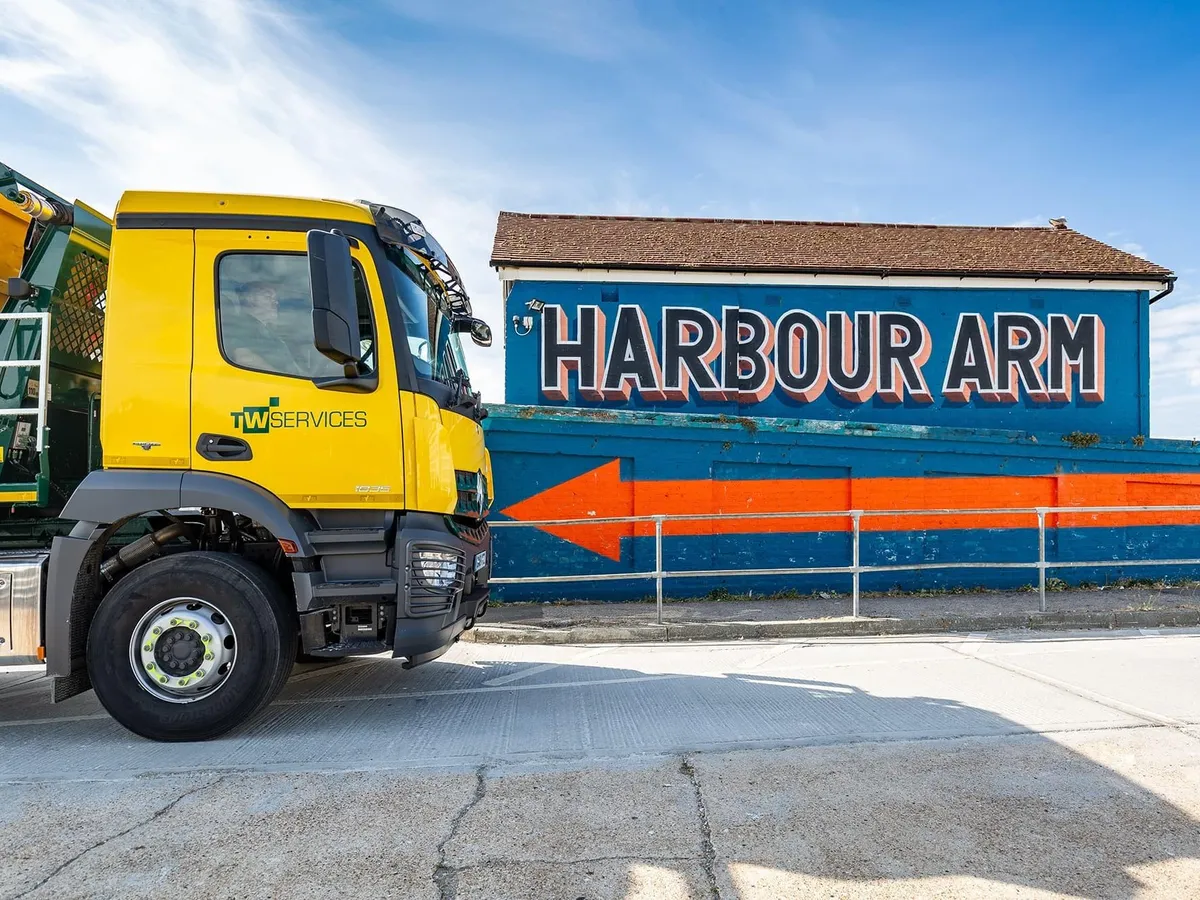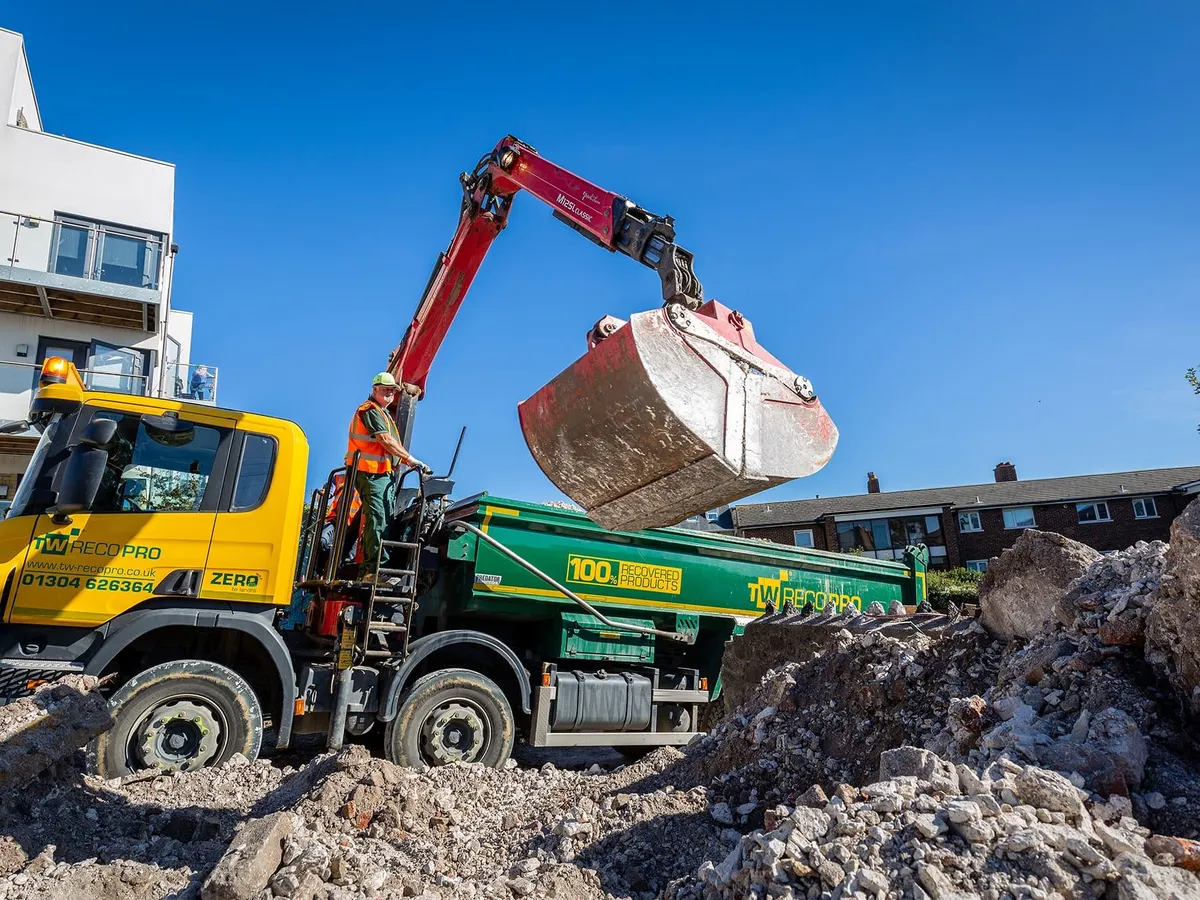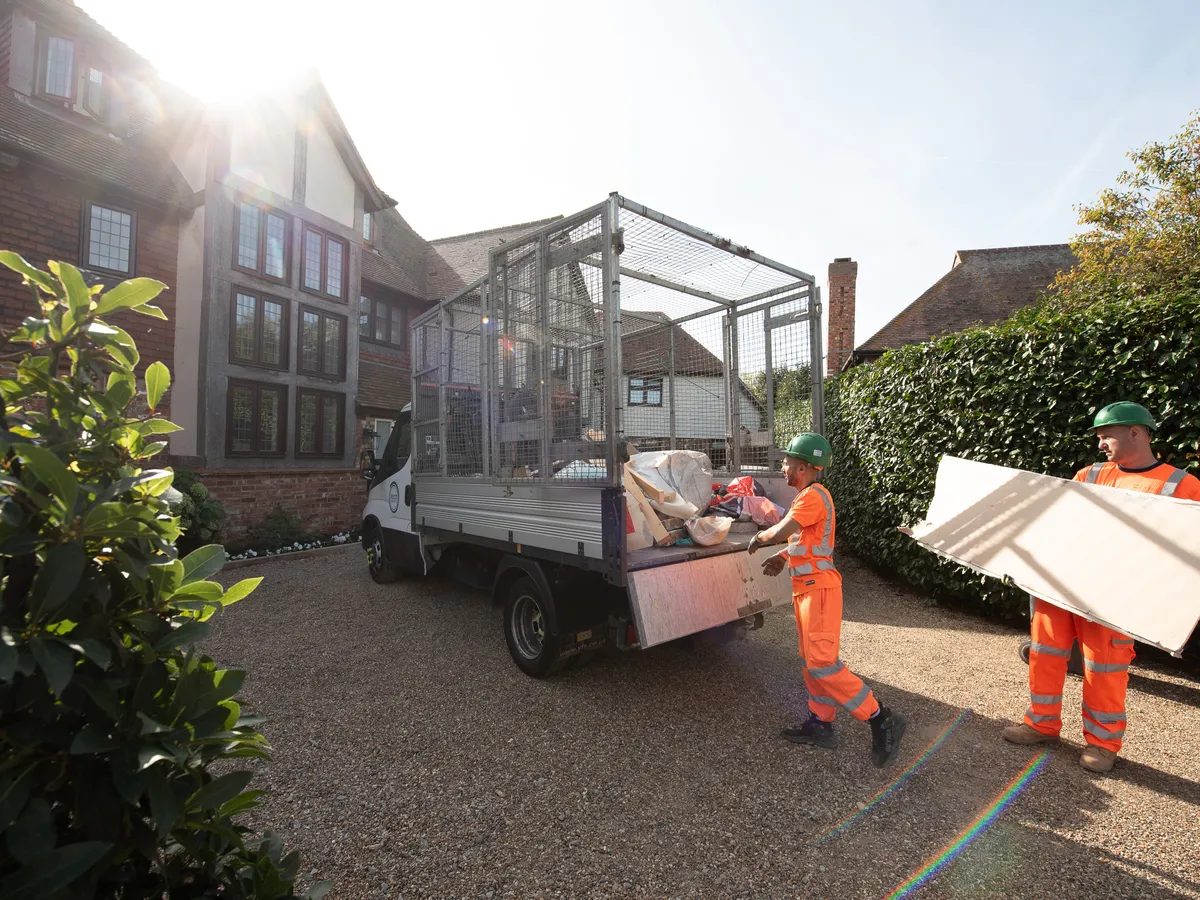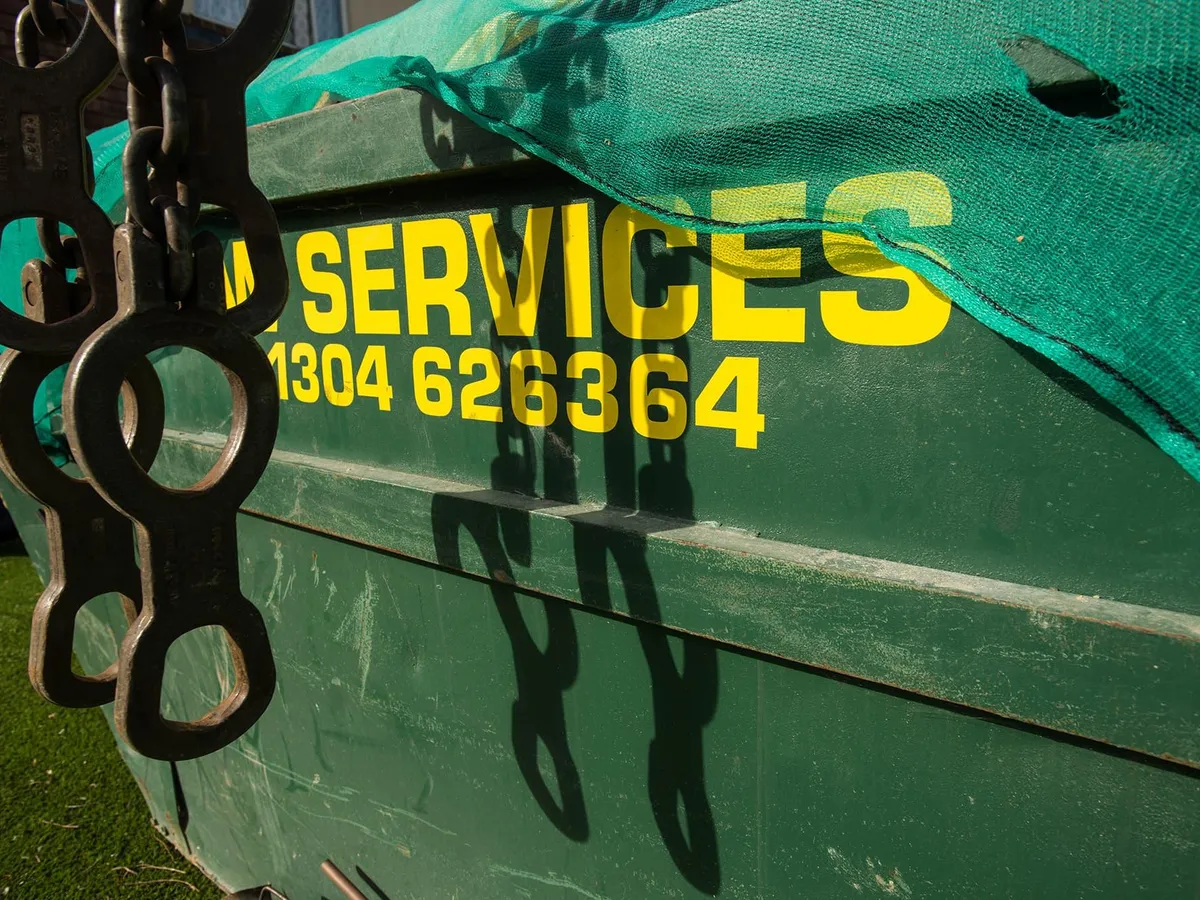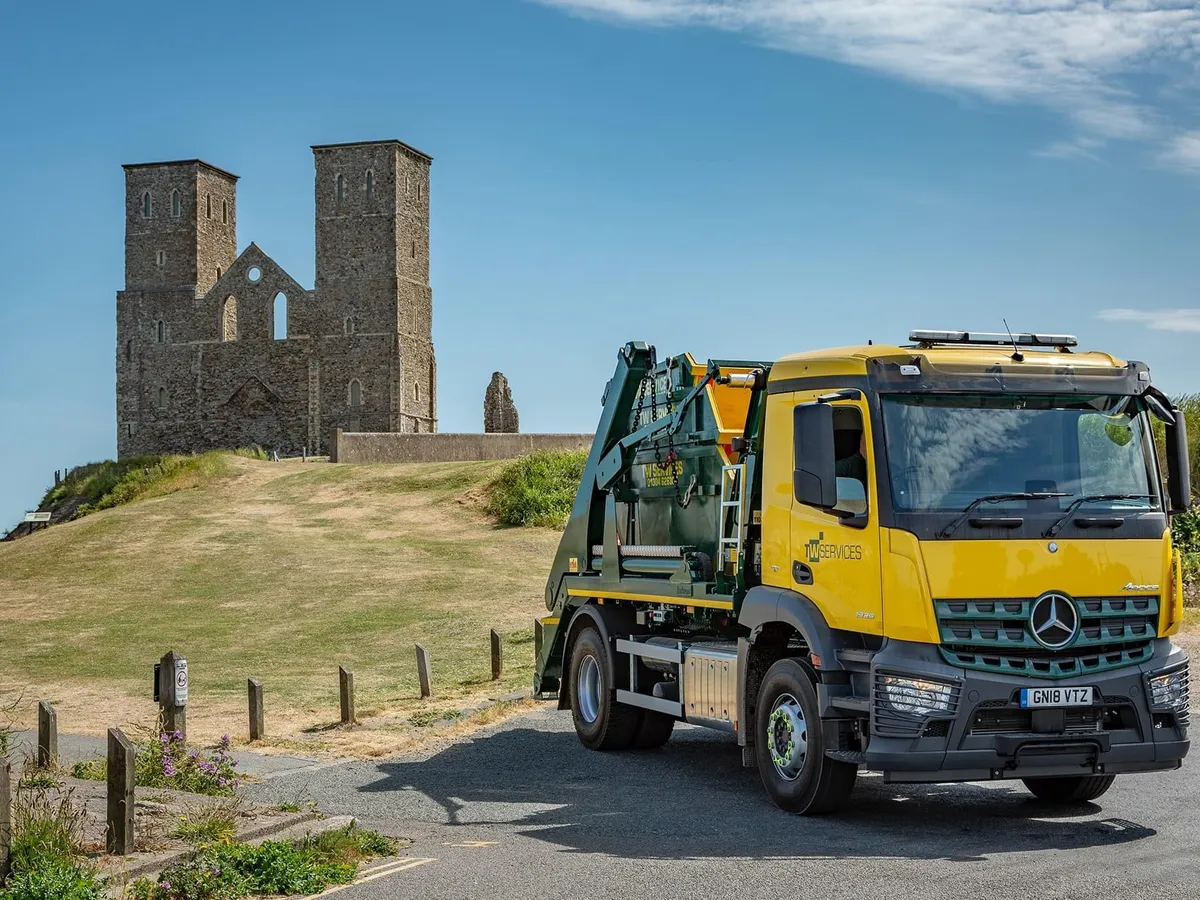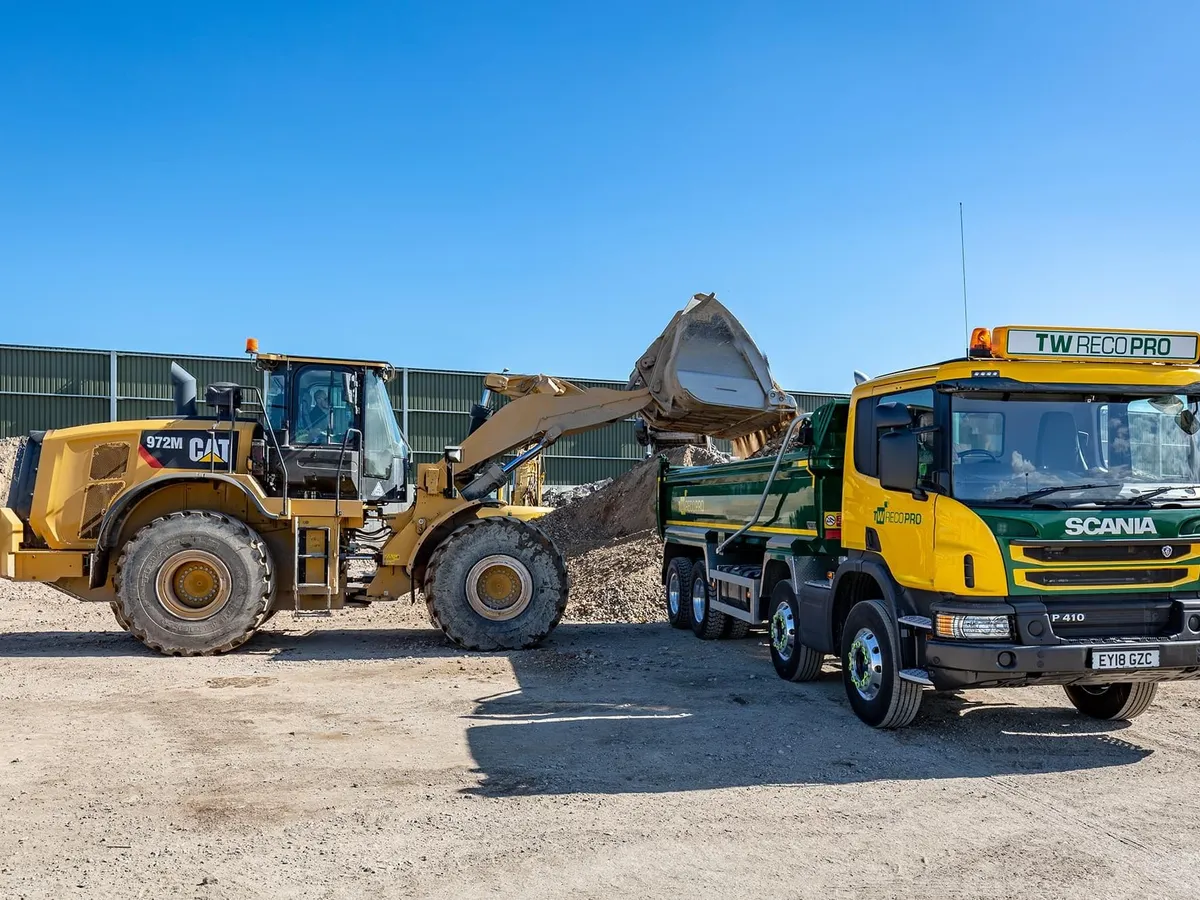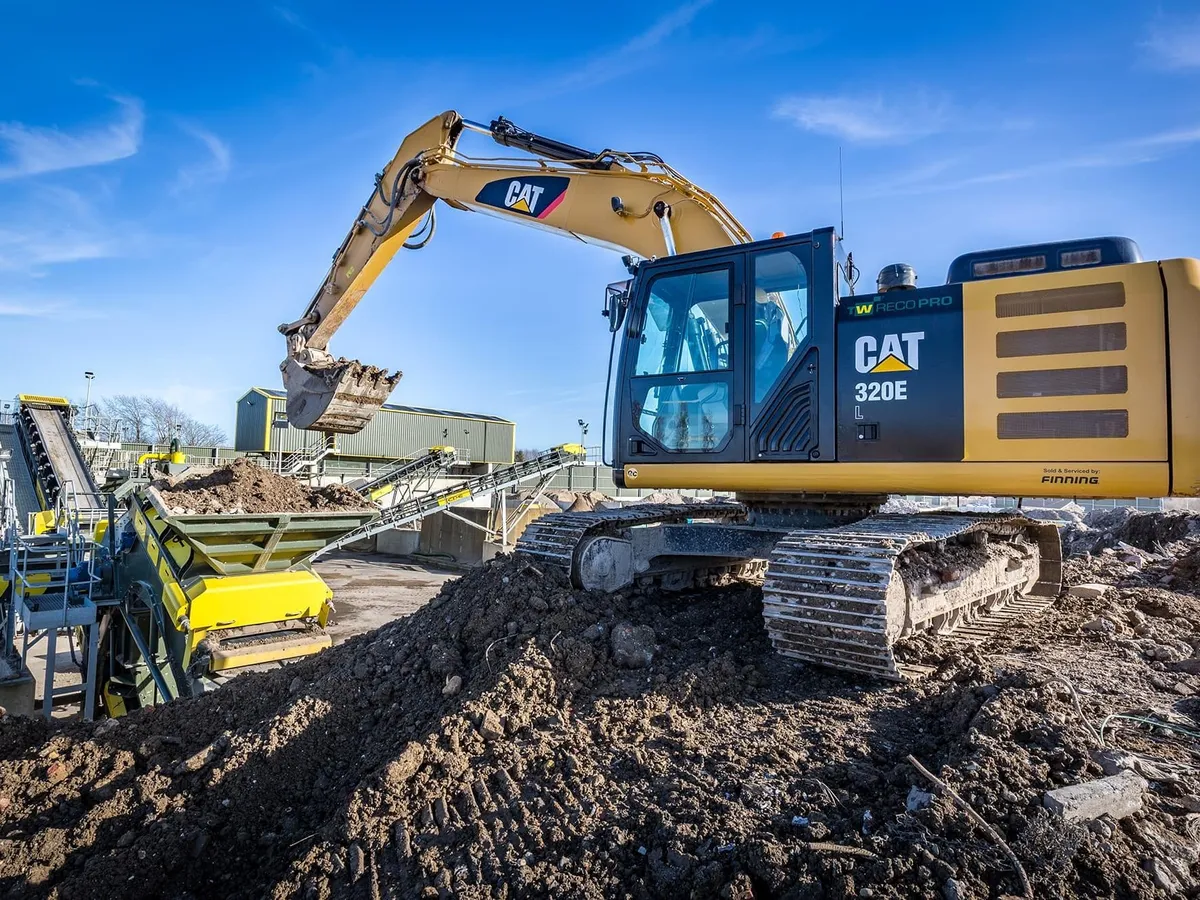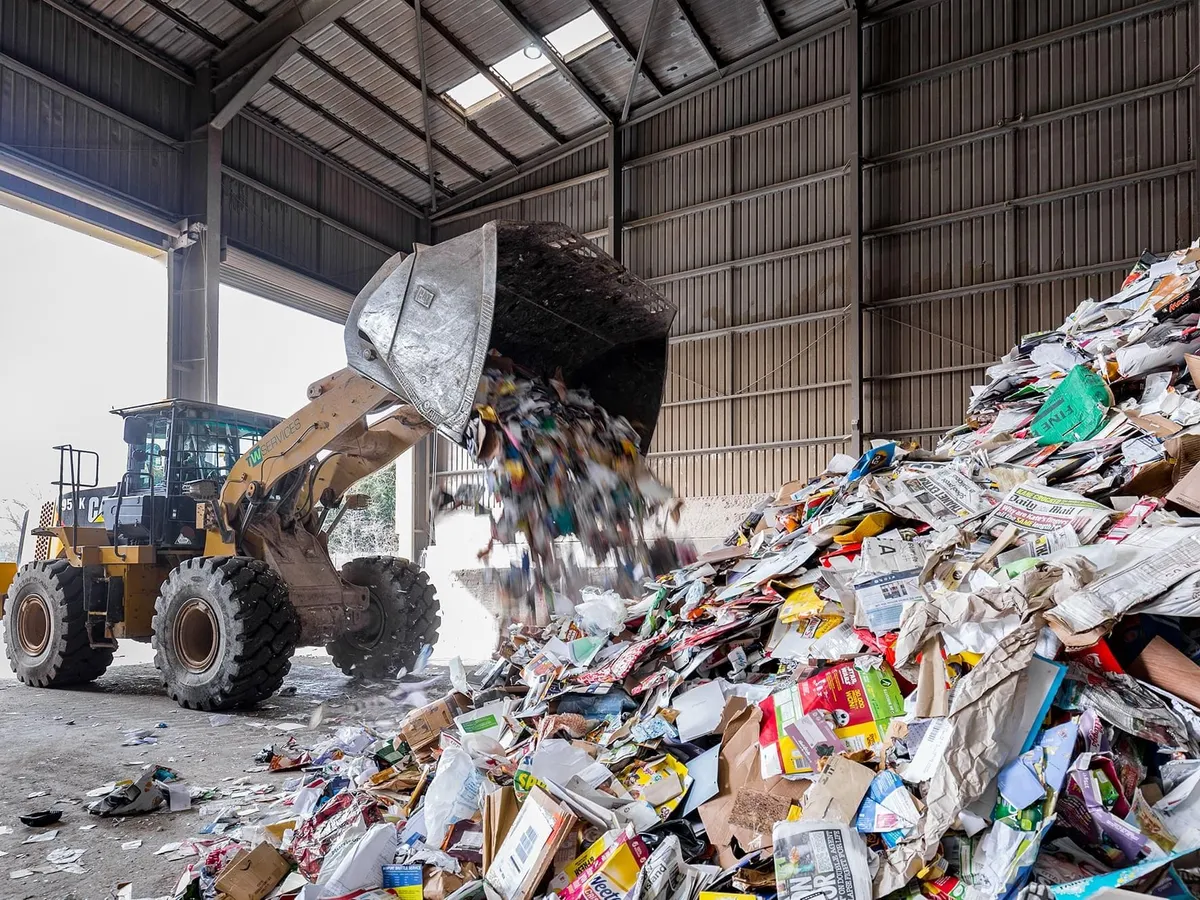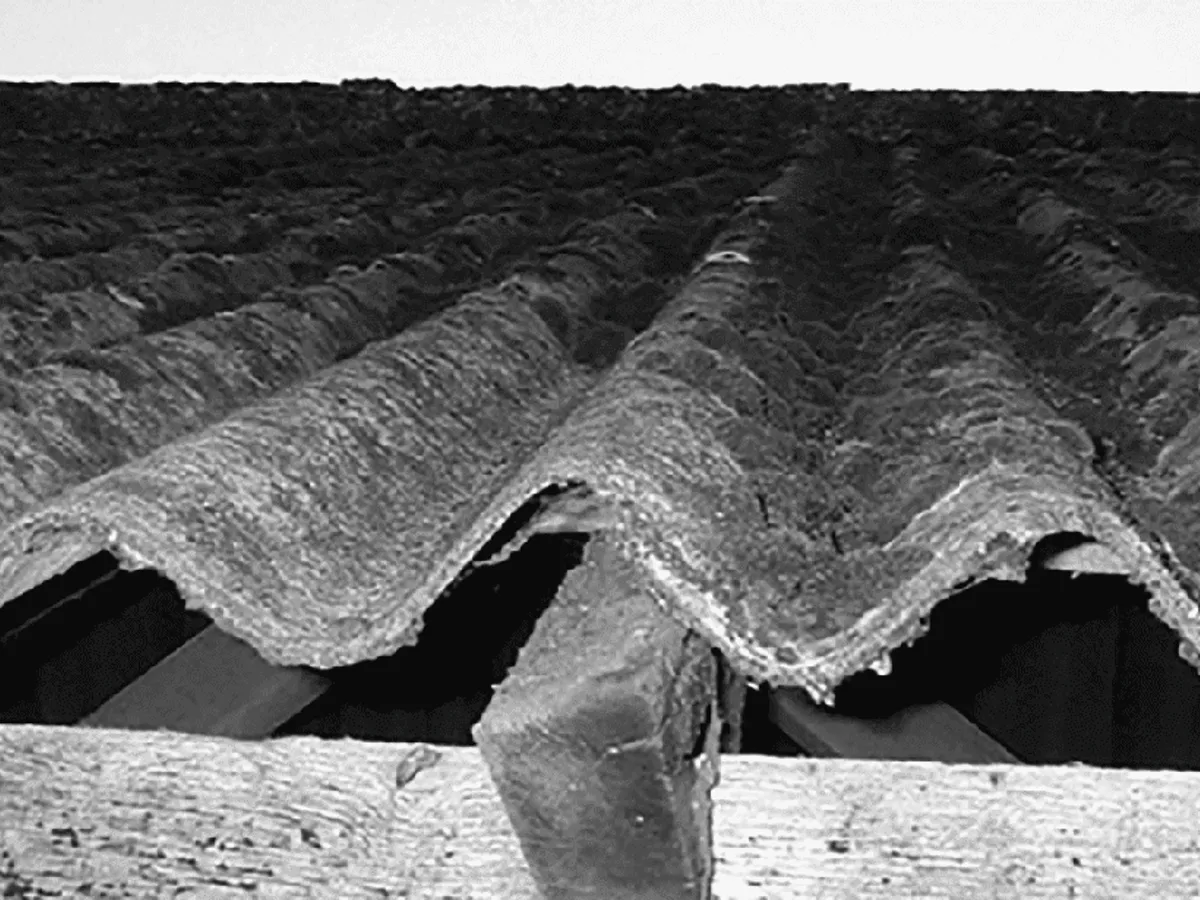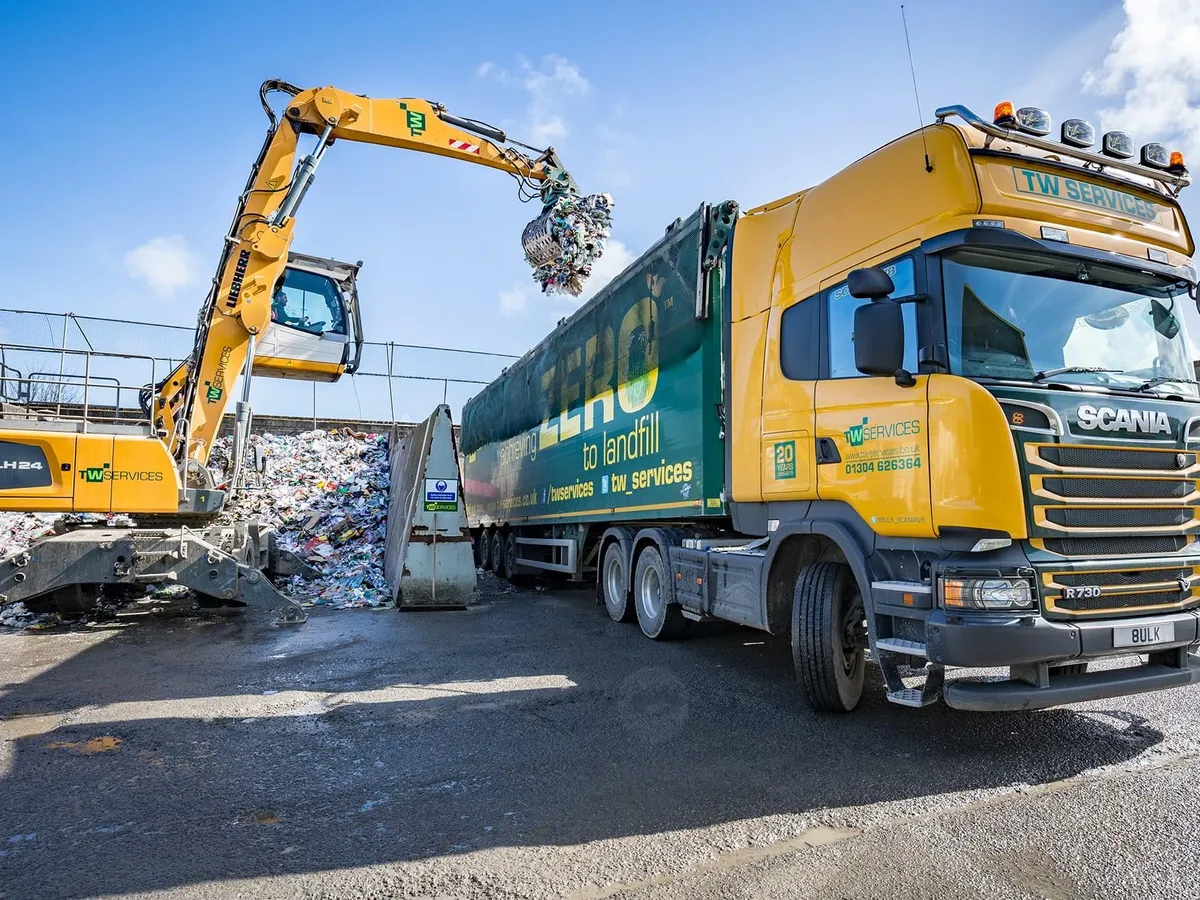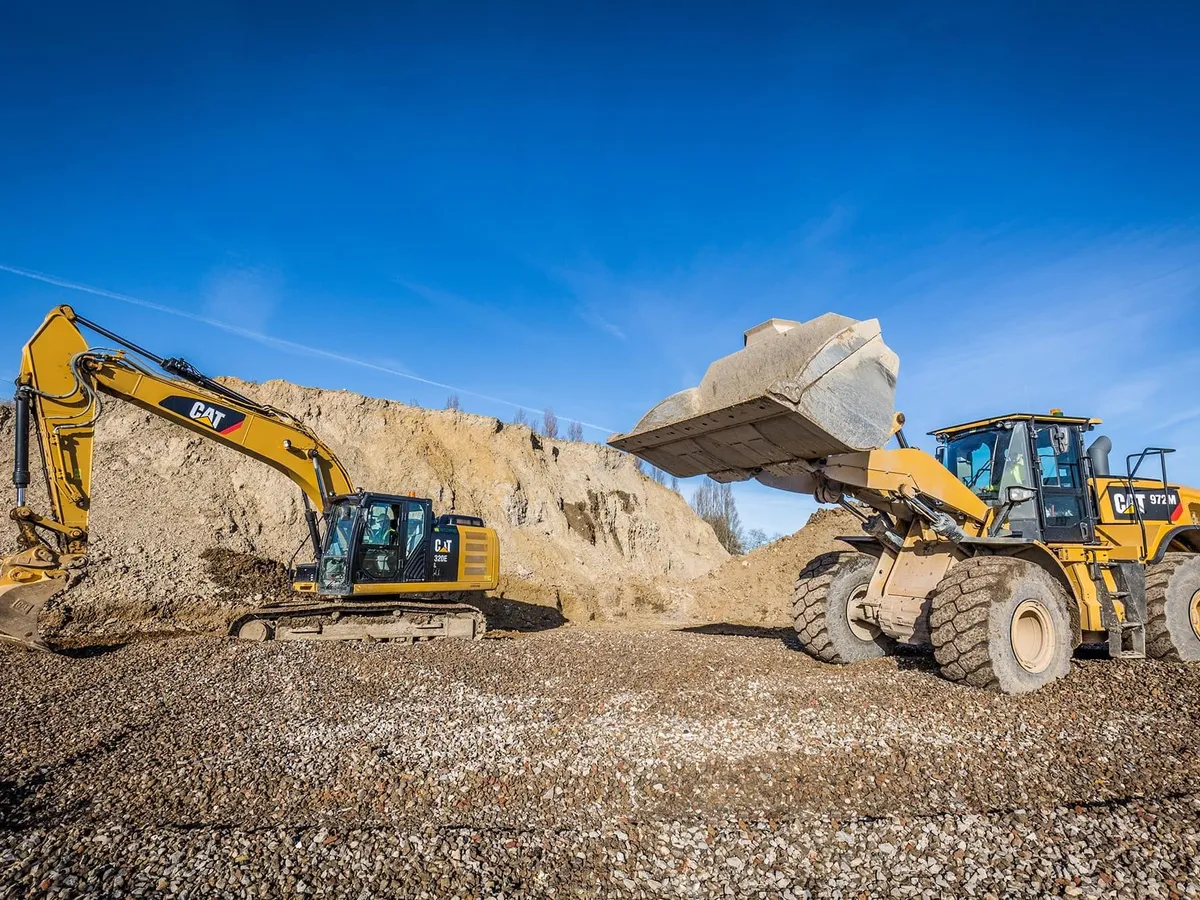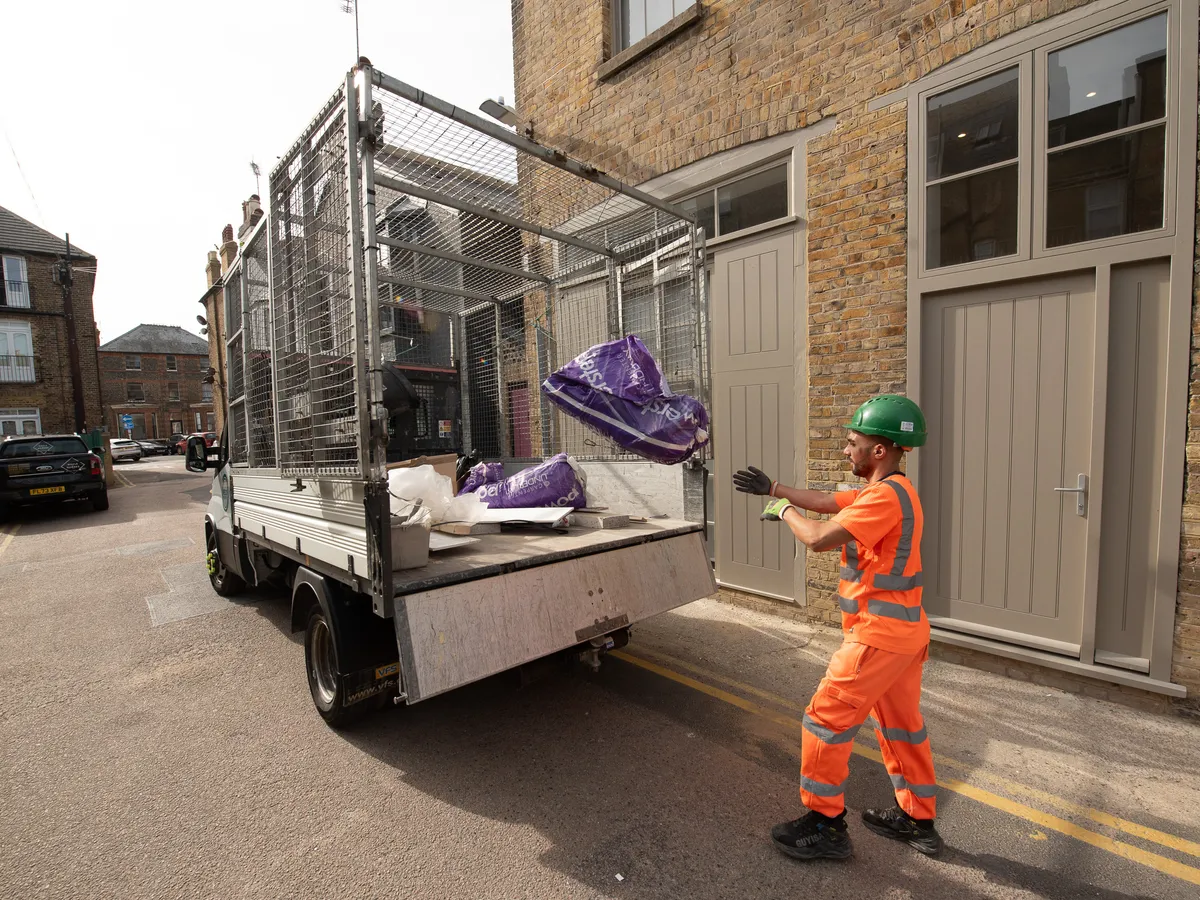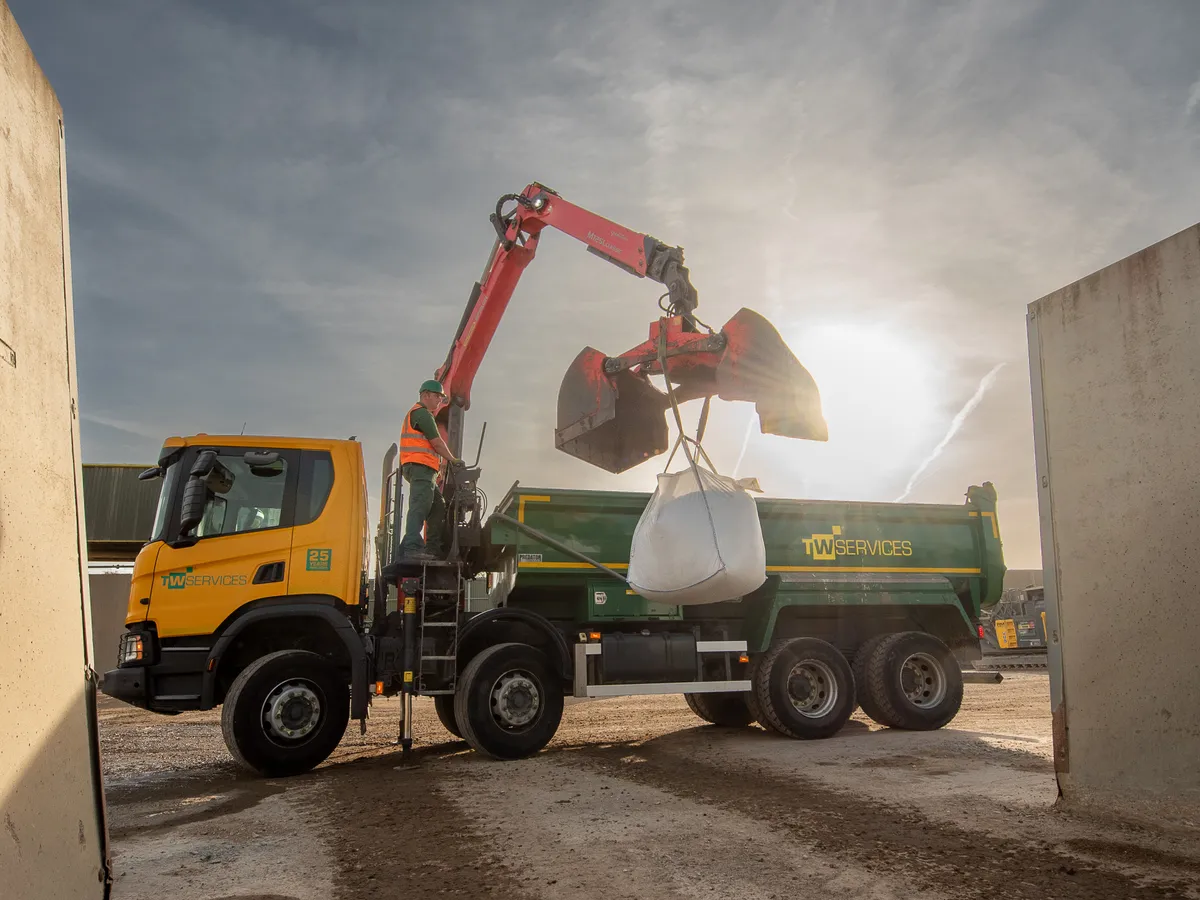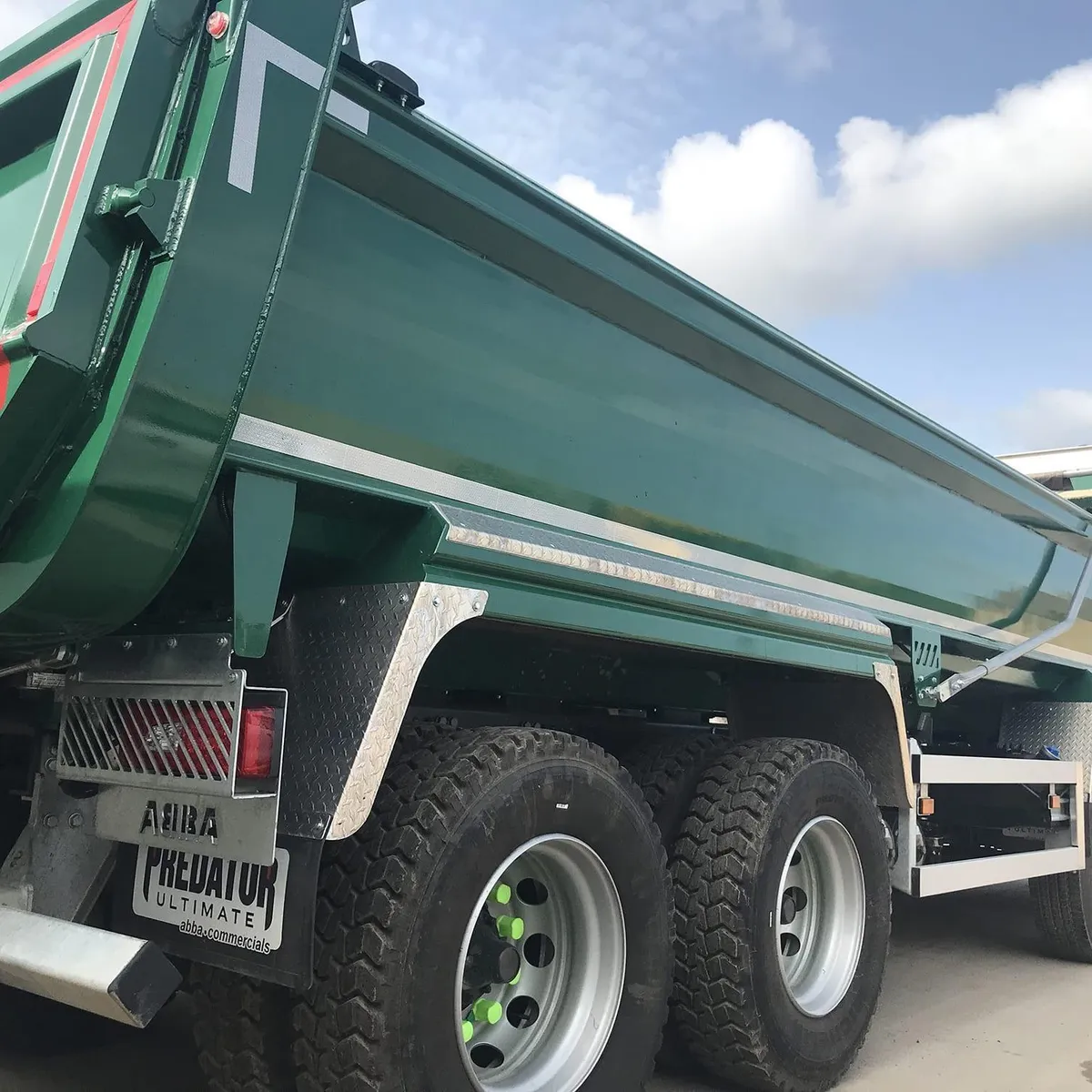
The Best Skip Size to Meet Your Project Needs
Have you just realised your project is going to need professional waste management?
Choosing to hire a skip can do wonders for both commercial and domestic skip hire projects. However, there are a few factors you need to address before you book your waste container.
Today, we’re looking at how to determine what size skip bin your project needs. You might know what type of waste you need to remove and where you want the skip placed, but you can’t make any progress without knowing what skip size to hire. That’s why we’re here to help. Continue reading to get clear on what size skip you should be ordering.
How To Know What Size Skip To Hire
Now you know you need a professional skip; it’s time to examine the nitty-gritty details — the size you need.
Skips come in various sizes and dimensions and knowing everything about skip sizes before you make a financial commitment is essential. You don’t want to spend extra because your skip was too small or overpaying and not paying half of the space.
The key question to unlock the size skip you need is, “how much waste will I generate?”. While no one can predict exactly how much waste they’ll use, making a rough estimate is the best way to gauge which skip size you need. The best skip size to hire depends on your estimates, not a random guess! Business skip hire differs greatly from hiring for a private project.
What type of waste will you use your skip to collect?
Factors That Affect Skip Size
The volume of waste you use is the central factor in answering “What size skip bin do I need?” However, the factors below can also affect your decision.
The type of waste you’re removing. Some waste is bulkier than others, and some can fit into a skip more compactly.
How long you’ll need the skip. The longer you hire a skip, the more waste you’ll generate.
The amount of free space you have. You might need a large skip, but if your location can’t fit a large container, you may have to settle for a small one.
The industry you’re in. Typically, domestic projects require smaller skips than commercial/industrial jobs. However, this rule can change depending on each client.
General Skip Size Recommendations
If you ask, “What size skip should I hire?” you’ll likely be met with a list of sizes.
Most skips are measured in cubic yards, and sometimes you might need to see an example of skip dimensions before you make a choice. Visualising your skip is a popular method to estimate size, but there are some general recommendations you can also try.
4-yard skips (& under) — Recommended for small home DIY projects, small clearouts of household waste, or garden clear-up projects.
4-6 yard skips — Recommended for large home DIY projects, one-room renovations, moving home, or clearing out a room.
8-10 yard skips — Recommended for large-scale home renovations, completely clearing out a large house, and removing bulky waste.
12-16 yard skips — Recommended for large construction projects or commercial clearouts.
20+ yard skips — These specialised skips are only used for large construction projects, industrial projects, and demolition projects.
Always note that skip sizes and prices, as well as weight capacity, may change from provider to provider. Check the skip’s size before hiring to ensure it’ll suit your project.
Choosing a Skip Size for You
Selecting a skip alone can be challenging. So, why hire without expert assistance?
TW Services provides Kent skip hire services in a range of sizes. Whether you’re embarking on a home clearout or need a skip for construction, our team can find you a skip that’s just right.
Find out more about the UK skip hire industry and learn about what TW Services does with your waste.
